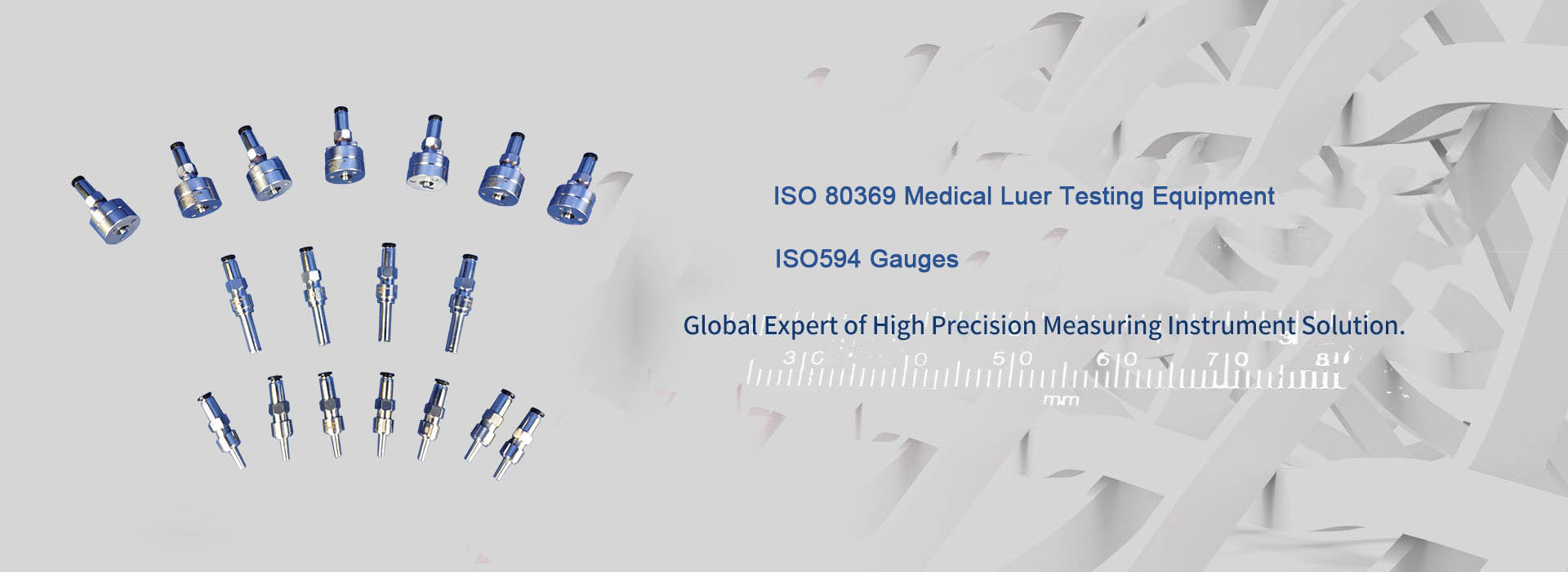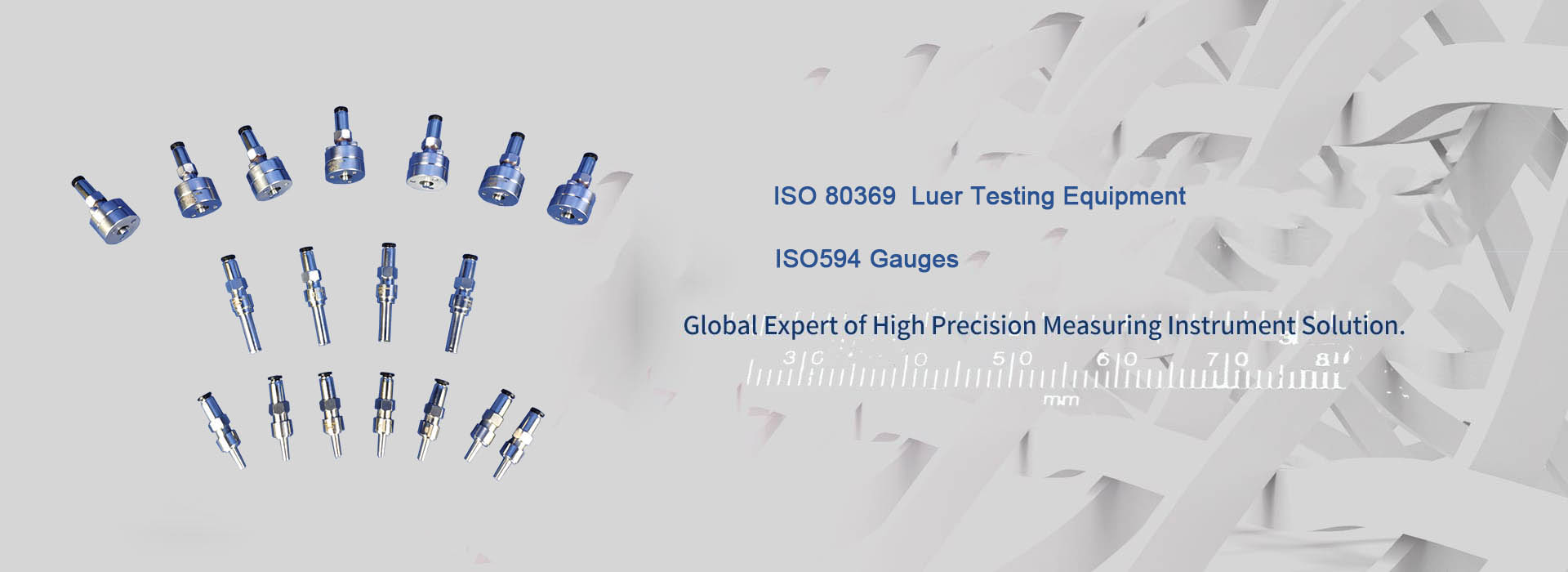Decoding the Softness Test: Essential Aspects and Applications
A methodical assessment known as flexibility test is designed to evaluate the degree of suppleness or tenderness in materials or products.This is a crucial product assurance process, ensuring that products meet specific standards and customer desires.Through measuring softness, producers can ensure that the product's surface feel aligns with its desired usage, thereby providing consumers with a superior experience.
The purpose of this article is to explore the significance of flexibility tests, their uses, as well as the various considerations to be taken into account in conducting accurate evaluations.I. Types of flexibility test approachesII. Key considerations influencing flexibility test resultsIII. The importance of uniformity in flexibility testing
IV. Practical uses of flexibility tests across multiple sectors

- KINGPO will meet you at the 92nd China International Medical Equipment (Autumn) Expo in 2025
- Is defibrillation protection testing done correctly?
- Fatal mistakes in IPX9K waterproof test: nozzle size and water temperature control, the truth you must know
- Neutral Electrode Temperature-rise Tester: Ensuring Safety in Electrosurgery
- What are the key differences between ISO 80369-7 and ISO 594?
- Saudi Arabian Customer Purchase ISO 80369-7 reference connector and ISO 80369-20 test apparatus from us
- Understanding ASTM F2059 Fluid Flow Test: A Comprehensive Overview
- Essential Considerations for Small-Bore Connector Testing Equipment
- Medical Device Pressure Validation: Ensuring Accuracy and Reliability
- Luer Gauge Adapter for Syringes: Enhancing Medical Precision and Safety


